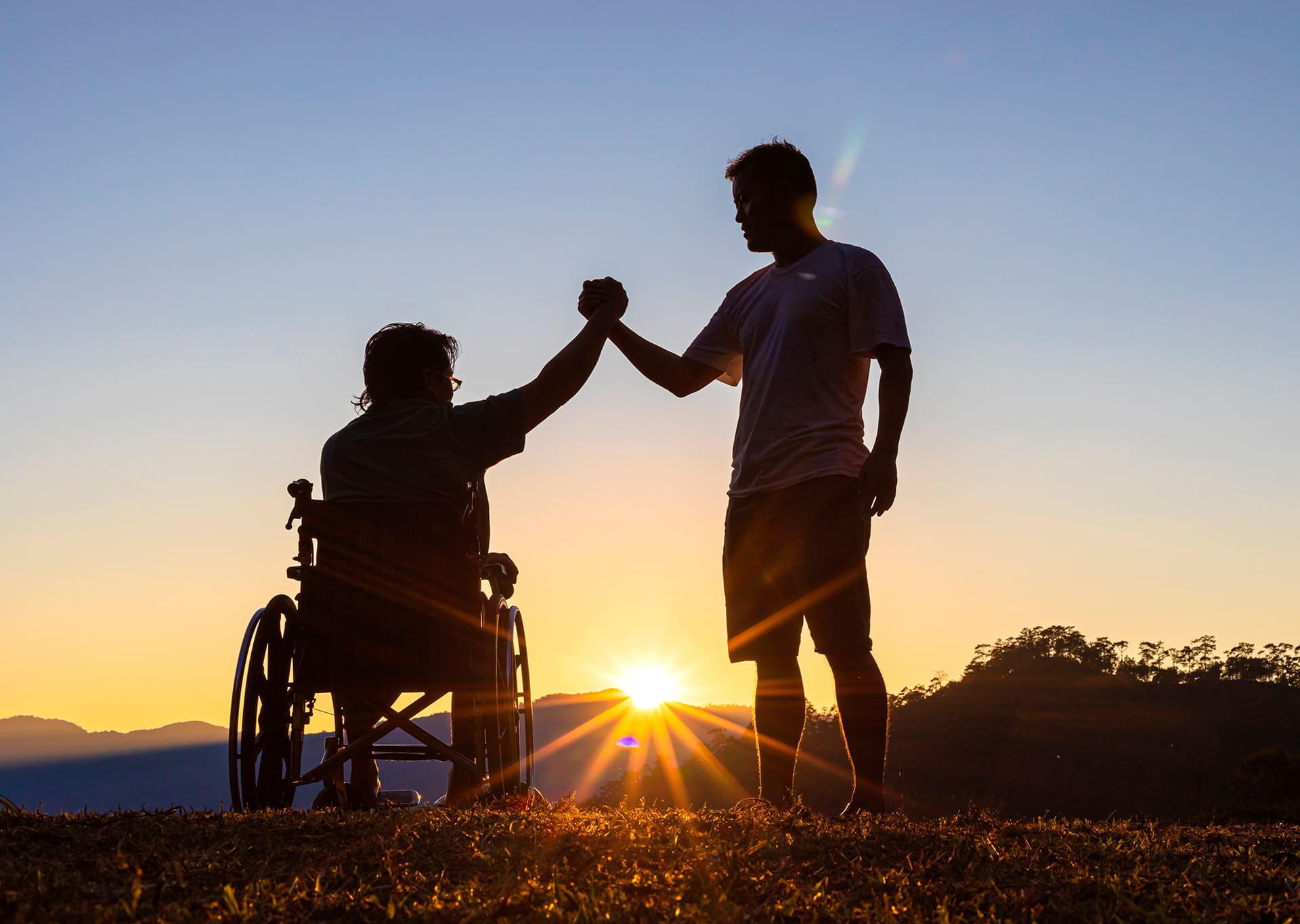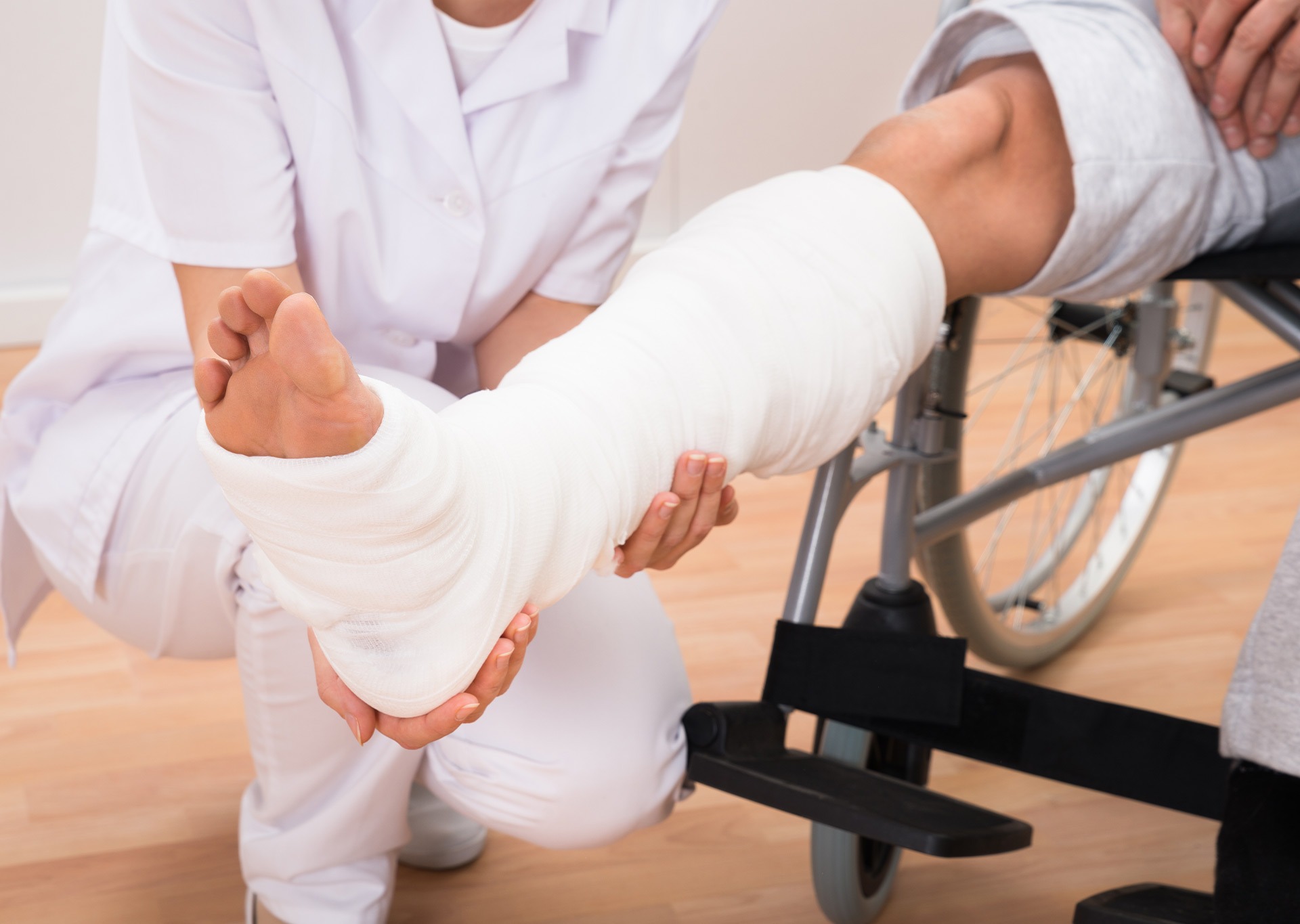
Planning accessible excursions
Spring is the perfect time to enjoy nature and the outdoors. With pleasant temperatures and blooming landscapes, this season invites excursions and outdoor activities. However, for everyone, including those with reduced mobility or disabilities, to fully enjoy these experiences, proper planning is essential. Fortunately, there are an increasing number of destinations and routes designed to be inclusive and accessible, allowing everyone to enjoy a trip without obstacles. From accessible trails to urban parks with inclusive facilities, there are many options for planning a hassle-free outing.
Accessible destinations and routes for all
Choosing the right location is essential to ensure a comfortable and enjoyable experience. Look for destinations that have wheelchair-accessible trails or are suitable for gentle walks. Natural parks with paved or compacted paths are ideal for accessible walks. Some examples include:
- Retiro Park (Madrid): Its wide, paved, and accessible paths make it an ideal place for spring walks.
- Collserola Park (Catalonia): It has accessible routes and offers a wide variety of natural landscapes.
- Tajuña Greenway (Madrid): With a flat layout, it is perfect for people with reduced mobility.
- Calella de Palafrugell Road (Costa Brava): Includes accessible sections with stunning sea views.
Before leaving, check in advance the services available at each destination, such as accessible restrooms, rest areas, and dedicated parking. This foresight will ensure a stress-free and enjoyable excursion.
Tips for effective planning
Organization is key to a safe and enjoyable excursion. Here are some helpful tips:
- Prepare the necessary equipment: Bring enough water, sunscreen, and clothing appropriate for spring weather. It’s important to wear comfortable shoes and, for people with reduced mobility, ensure that their assistive devices (wheelchair, cane, walker) are in optimal condition. If someone uses an electric wheelchair, check the battery before leaving and consider bringing a portable charger if the trip is long.
- Adjust the pace of the excursion: Plan activities in a relaxed manner to avoid burnout. Make frequent stops at rest areas and select places with access to accessible cafes or restaurants. It’s also advisable to design a flexible itinerary that allows for adjustments based on the group’s needs.
- Check transportation accessibility: If you need to travel by public or private transportation, make sure it has accessibility features, such as ramps or elevators. Some cities offer accessible transportation services upon reservation, which can be an excellent option to ensure comfort during the trip.
- Consult accessible maps and guides: Many parks and trails have guides in Braille or information in accessible formats for people with visual impairments. It’s also helpful to check out specialized accessibility mobile apps, which can provide detailed information on adapted routes and services.
- Inform and coordinate in advance: If the excursion involves visits to tourist centers, museums, or organized activities, it’s advisable to contact them in advance to ensure the location has adequate access and assistance is available if necessary. Some sites offer adapted guided tours or discounts for people with disabilities.
Recommended spring activities
Accessible excursions can include various activities that make the outing an even more enriching experience:
- Visits to botanical gardens: Such as the Royal Botanical Garden of Madrid or the Botanical Garden of Barcelona, which have adapted access and ideal spaces for enjoying spring flora.
- Accessible viewpoints: Many national and urban parks have accessible viewpoints, where you can admire spectacular landscapes without architectural barriers.
- Birdwatching: This is a relaxing and accessible activity in many nature reserves and urban parks.
- Accessible boat trips: Some lakes and rivers offer tours on boats adapted for people with reduced mobility.
Conclusion
Planning accessible excursions not only fosters inclusion but also allows people to enjoy nature without worries. Spring, with its pleasant weather and blooming landscapes, is the ideal time to discover new places and share special moments outdoors.
Thanks to the growing range of accessible destinations, it is becoming easier to organize outings where everyone can participate and fully enjoy themselves. By prioritizing accessibility, not only are physical barriers eliminated, but the autonomy and confidence of people with disabilities or reduced mobility are also strengthened.
Furthermore, these nature experiences not only provide physical benefits but also emotional and social benefits. Breathing fresh air, connecting with the environment, and sharing time with friends or family strengthens well-being and improves quality of life.
With good planning and the right choice of destinations, any excursion can become an unforgettable, barrier-free experience. The most important thing is to ensure that all participants can fully enjoy every moment, feeling comfortable and safe throughout the day. Spring is the perfect time to explore, discover, and experience new adventures without limits!








